How to prepare for a trek: A Pilates perspective
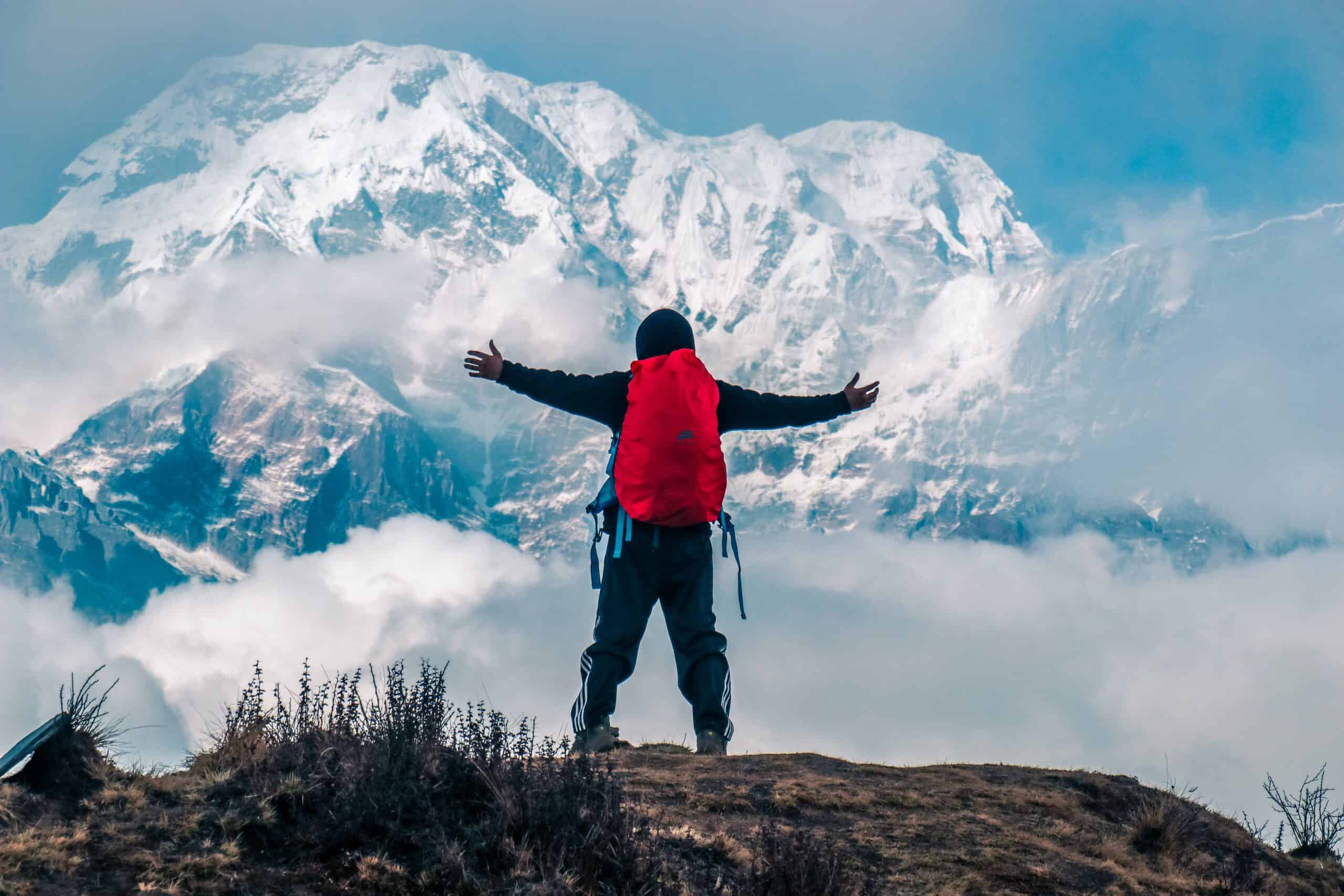
For those who are seasoned mountaineers and regulars in the Himalayas, trekking comes as second nature. If you are new to this world of hiking and trekking, read on to find out some pro-tips on how to prepare for a trek.
The extensive Himalayan ranges form the crowning glory of our country. These high mountains and their wilderness have been the spot for many an epiphany. Loved by writers, artists and sportsmen alike, these mountains have inspired some of the most beautiful narratives of all times. Trekking in the mountains can be one such experience for those looking for a mental, physical and spiritual high. However, no matter how we romanticize it, trekking is a challenge, and like any other challenge it requires training and in-depth preparation.
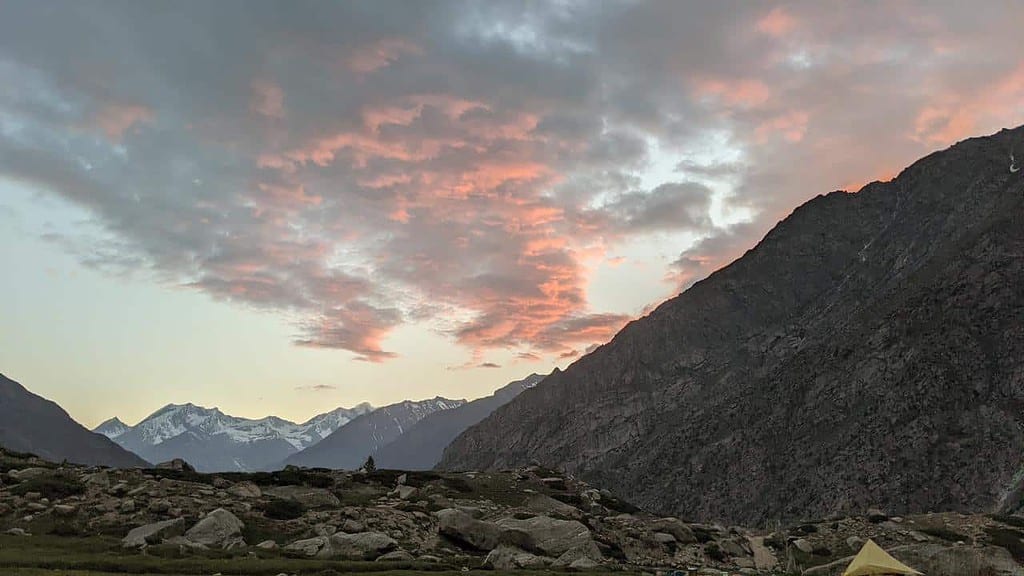
What to carry for your trek?
Good quality gear is a game changer in any physical activity, and even more so for your trek.
First things first, make sure you carry the right clothing. There is no point in being a daredevil and braving the cold weather. When you go up in the mountains, the temperatures could change quite suddenly. You don’t want to be stiff from the cold and not enjoy the views. Moreover, Raymond Shaw, a seasoned trekker says that your layers will prevent you from cooling down rapidly after the day’s hike. Carry light-weight, wind and cold weather appropriate clothing which you are comfortable in, but doesn’t weigh you down.
Secondly, the backpack that you carry can affect your centre of gravity. For those who pride themselves in never travelling light, will be in for a bad surprise. You need to be as minimalist as possible. Your shoulders could get weighed down and affect your posture as well as breathing capacity. You need to distribute the heavier stuff near the lower portion of the backpack. Moreover, invest in a backpack which has a hip strap. This ensures that the load is evenly distributed.
Thirdly, you need to make sure that your feet are dry and well-protected at all times. They are doing to be your vehicle for the entire journey. Get breathable socks and well-fitted shoes suitable for a rocky terrain.
Lastly, choose an experienced and well-rated hiking or trekking group that guides you through the entire process effectively.
How to train for your trek?
Now that you are all packed and mentally ready to go take a hike, is your body prepared? Here are some things to work on before you go on your trek.
Breath work:
The air becomes rarer as the altitude increases; that’s 5th grade science and we all know it. Acclimatization is an individual thing though, everyone reacts to it differently. You cannot completely pre-empt it. You need to carry the medication for it. However, you can train your body for it. Slow and deliberate breathing, not only in isolation but also with movements can help our body optimize the energy we exert. Starting with abdominal breathing and moving on to diaphragmatic breathing, you can deepen the mind-body connect. In Pilates, we inhale and exhale as we move in and out of exercises, which aids the body to move more effectively. This can help you in not being breathless while you climb higher and higher in your trek, as you body is used to controlling the muscle recruitment optimally.
Spinal mobility:
When you will be out in the wild for your trek, you will be sleeping in sleeping bags and crawling in and out of your tents. And while hiking, you will have to bend and reach and lunge in different directions. All of this will require spinal mobility. We concentrate a lot on spinal health in Pilates, stabilizing the core to support the spine and mobilizing the spine to allow for ease of movement. Exercises like the roll down, cat and cow, saw and side bend can help release stiffness and prepare you for what lies ahead.
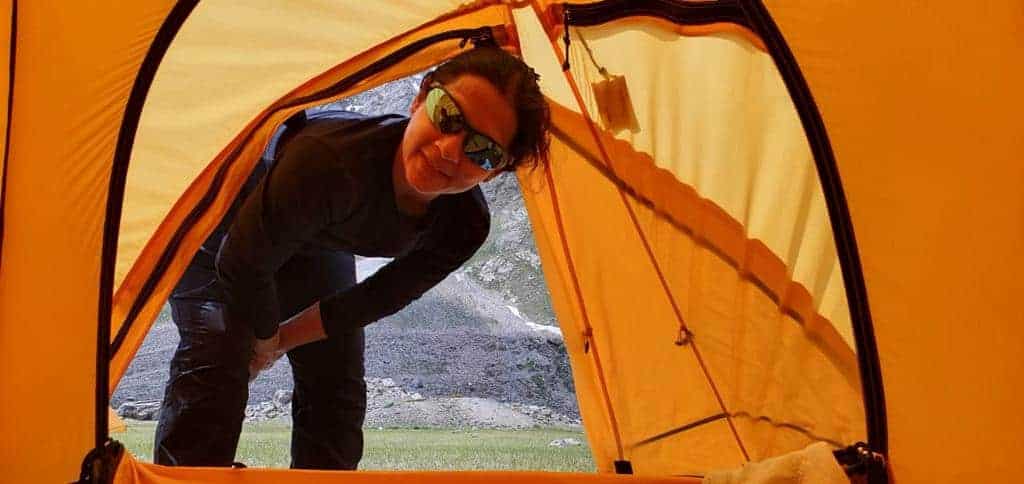
Flexibility:
Stiff joints and tight muscles are easy targets for injury. It is important to warm up before you work out and stretch at the end for a good cool down. In Pilates, we always start with simple movements and move on to higher levels during the flow of the class. The resistance training in Pilates works muscles eccentrically and concentrically, which builds lean and long muscles, not round and bulky ones. And we end the class with a set of stretches.
Leg strengthening:
Your legs are in for a serious work out in the mountains. You need to work on strengthening the entire chain of muscles from your glutes, adductors, abductors, quads and calves. Pilates exercises in standing, all-fours and side lying, go deep into these muscles and help you achieve strong muscles which can endure long durations of standing and walking.
Shoulder strength:
Though you will be on your legs, your shoulders and upper back will be supporting your backpack for that entire time. You need to work on strengthening your shoulders and upper back as well. We do an entire series of planks on the Reformer and the mat which can be a good place for you to train them.
Oblique strength:
Many may not know this, but your obliques help you remain upright and prevent you from slouching. You want to work on those obliques so that your slouch doesn’t affect the capacity of your lungs while the air density reduces up in the mountains.
Proprioception and balance:
Like we said earlier, your feet are your vehicle for the journey. Your foot hold and sense of position in space i.e. proprioception can prevent many a fall on the trek. We do a lot of foot work on the Reformer and unstable surfaces to challenge the balance and strengthen this proprioception in Pilates.
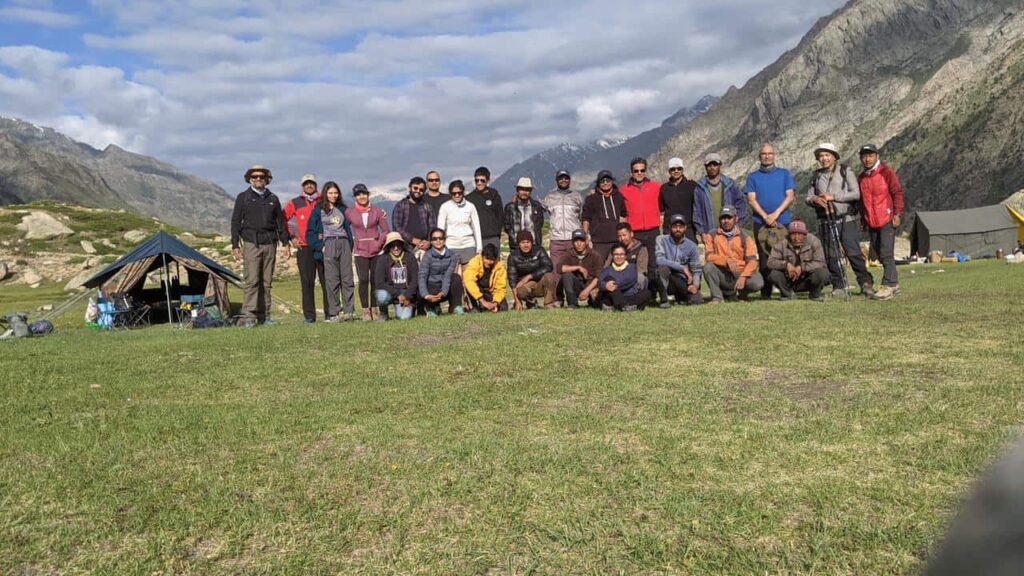
Some pro-tips
You have trained for months, packed the best gear and are on your way to your base camp. Before you begin, don’t forget these few things.
Remember to walk slowly and pace yourself whether you are going uphill or downhill. Mr. Ramesh Tiwari who runs regularly ad has been on many treks says that sudden movements and running in that rarified air could be detrimental to your breathing capacity.
Do not forget to mobilise your body before the trek and stretch at the end of the day.
Stay hydrated by taking small sips of water at regular intervals.
Lastly, don’t forget to enjoy, soak in all the wonderful vistas and the calm of your surroundings. You might come back with a wonderful epiphany or just an enlightening story for your friends.
Our founder Dr. Moushumi Kuvawala went on a trek recently to Miyar Valley and recorded this scenic video workout for all you, trekkers to prepare for your trek. Enjoy watching and do comment on it!
Special thank you to Mr. Raymond Shaw and Mr. Ramesh Tiwari for their valuable inputs.
